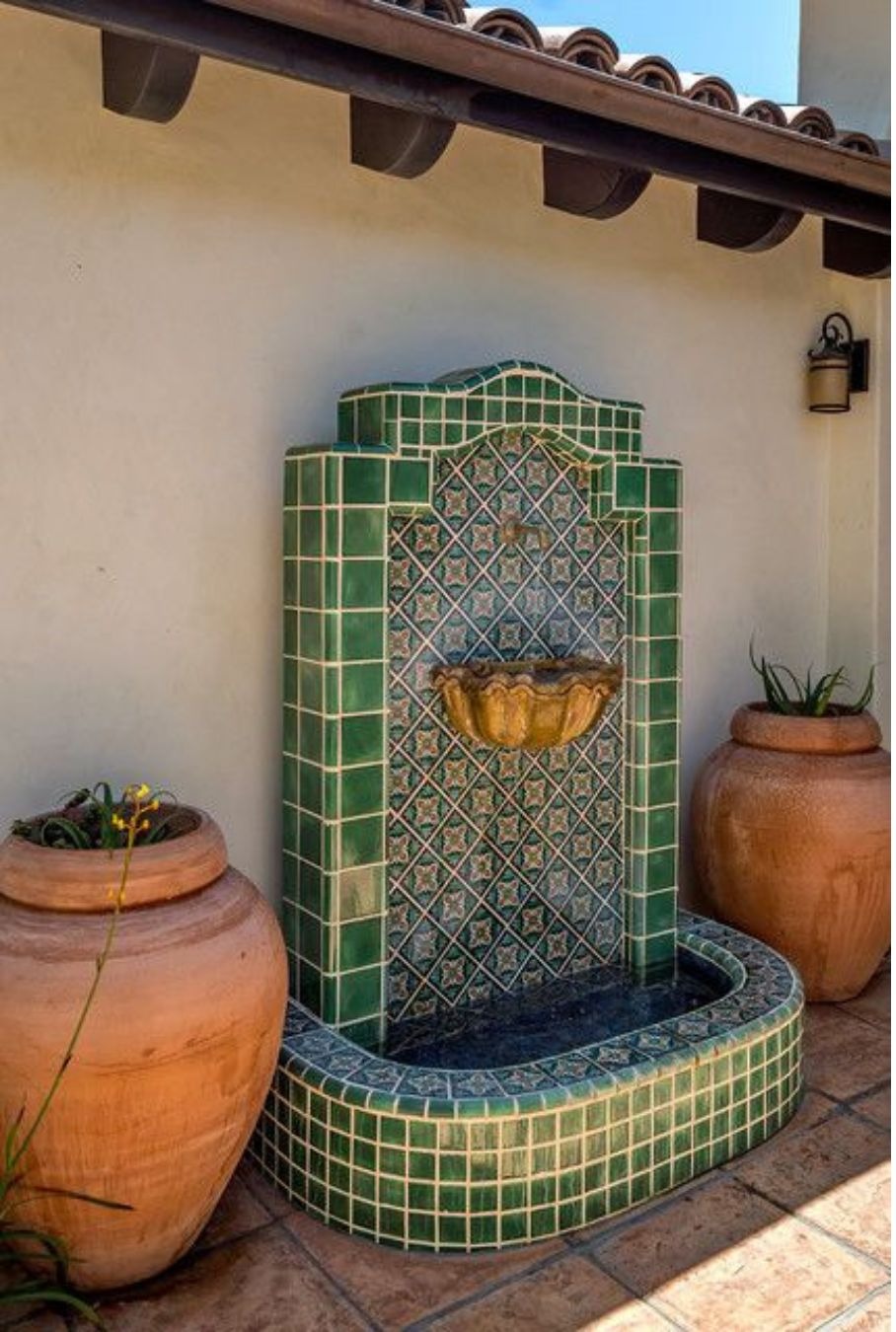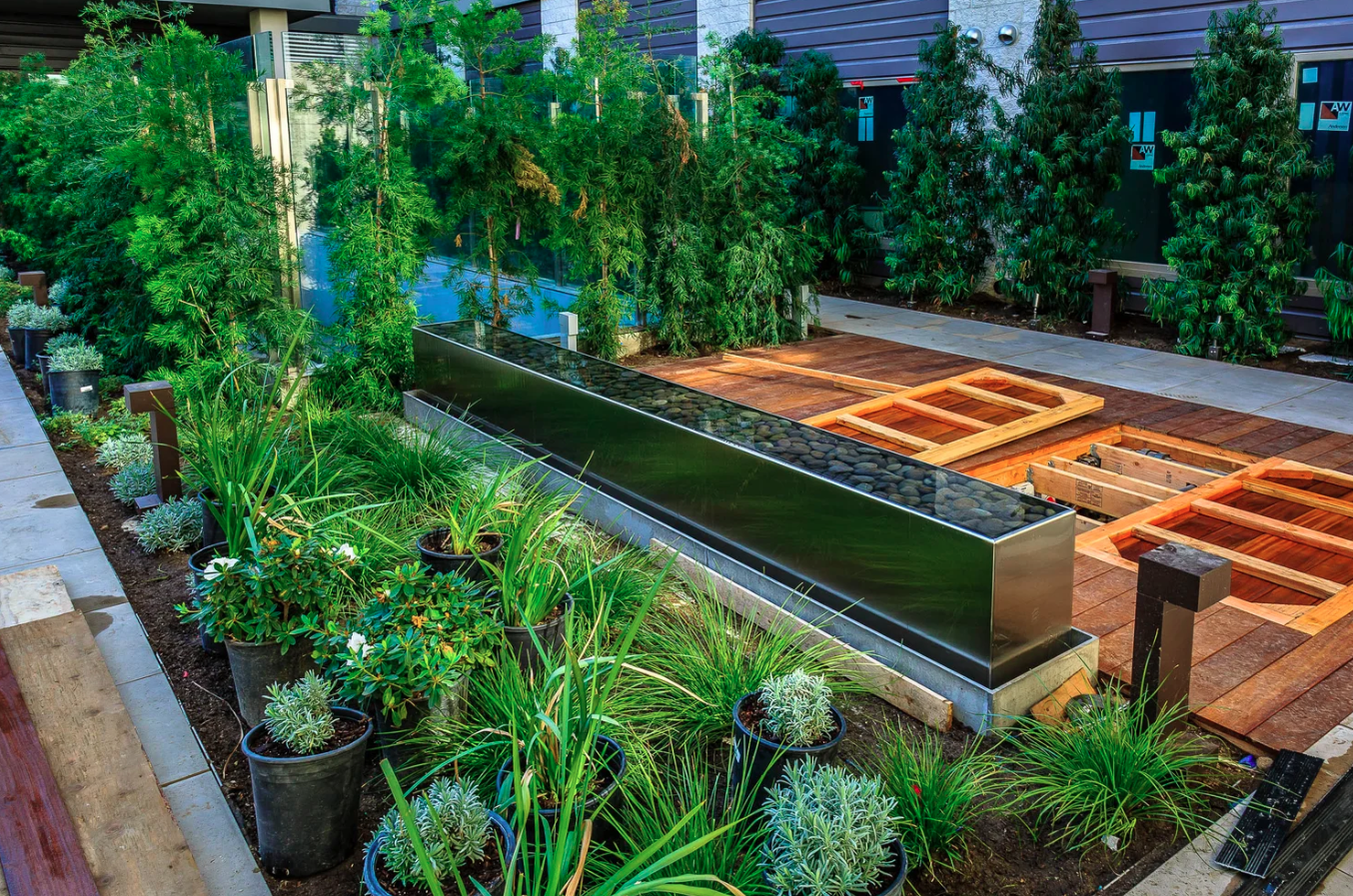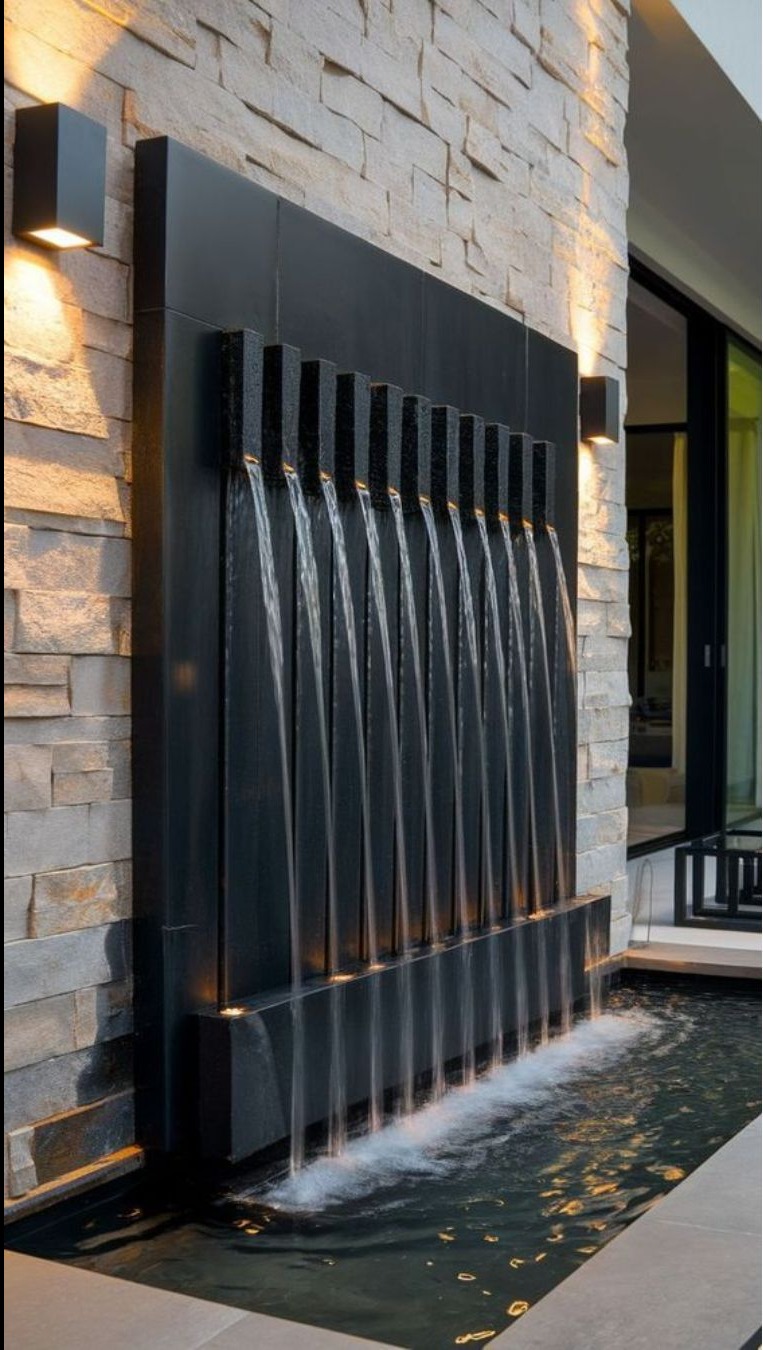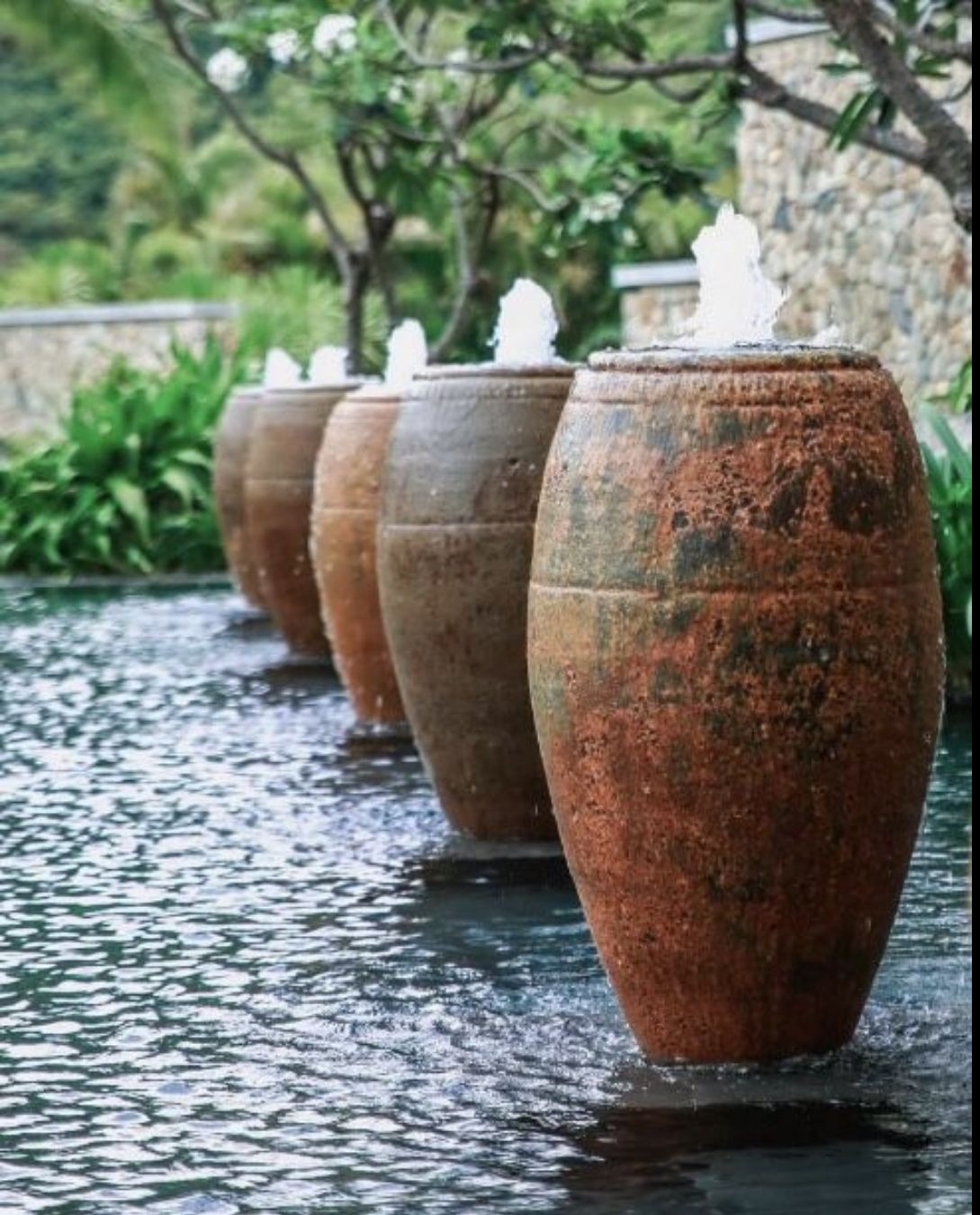Continuous Duty Fountain Pumps: The Heartbeat of Your Water Feature
Water features bring tranquility and natural beauty to any outdoor space. Whether you're maintaining a koi pond, a natural swimming pond, or a decorative water fountain, the pump is the vital organ that keeps everything flowing. In this guide, we'll explore continuous duty fountain pumps - what they are, why they matter, and how to choose the perfect one for your aquatic needs.
What Are Continuous Duty Pumps?
Continuous duty pumps are designed to run 24/7 without overheating or requiring frequent maintenance breaks. Unlike standard pumps that might need rest periods to prevent burnout, continuous duty models are engineered with superior components that allow for non-stop operation.
These workhorses are essential for:
Fish ponds where consistent circulation is vital for aquatic life
Natural swimming ponds that require constant filtration
Decorative fountains that need reliable water flow
Waterfalls and streams that demand continuous movement
Key Benefits of Quality Continuous Duty Pumps
1. Energy Efficiency
Modern continuous duty pumps are designed with energy conservation in mind. Many feature variable speed settings that allow you to adjust flow rates based on your needs, potentially saving significant amounts on electricity bills. Look for models with high efficiency ratings - the investment typically pays for itself over time.
2. Reliability and Longevity
Premium continuous duty pumps often feature:
Ceramic shafts that resist wear
Double-sealed motors to prevent water intrusion
Thermal overload protection to prevent burnout
High-quality bearings that reduce friction
These design elements translate to fewer replacements and repairs, making them cost-effective despite higher initial price points.
3. Low Maintenance Requirements
Quality continuous duty pumps require less frequent attention. Many models feature pre-filtration systems that protect the impeller from debris, extending maintenance intervals and preventing clogs.
Choosing the Right Pump for Your Water Feature
For Fish Ponds
When selecting a pump for a fish pond, consider:
Water turnover rate: For healthy fish, your pump should circulate the entire pond volume at least once every two hours. For koi ponds, aim for hourly turnover.
Filter compatibility: Ensure your pump can handle the pressure requirements of your filtration system.
Low-stress flow: Fish prefer gentle currents; select a pump that won't create excessive turbulence.
For Natural Swimming Ponds
Natural swimming ponds have unique requirements:
Dual-zone circulation: The pump must move water between the swimming area and the regeneration zone efficiently.
Higher flow rates: Human use demands more aggressive filtration than ornamental ponds.
Split functionality: Often requires separate pumps for filtration and water features.
For Fountains and Water Features
Decorative elements need special consideration:
Head height: Calculate the maximum height your fountain will reach and choose a pump that can deliver adequate pressure.
Nozzle compatibility: Different spray patterns require specific flow rates and pressures.
Visual impact: The pump should provide consistent, appealing water movement without fluctuation.
Installation and Maintenance Best Practices
Professional Installation Tips
Position the pump on a flat, stable surface to minimize vibration
Install a dedicated GFCI outlet for safety
Use flexible tubing to reduce stress on connections
Place the pump in an accessible location for easier maintenance
Consider a pump vault for dry installation options
Maintenance Schedule
To maximize pump lifespan:
Clean pre-filters monthly or when flow decreases
Inspect impellers quarterly for damage or debris
Check electrical connections twice yearly
Remove and deep clean the pump annually
Add a maintenance reminder to your calendar to ensure consistent care
Environmental Considerations
Today's environmentally conscious pond owners should consider:
Variable frequency drives that reduce energy consumption
Solar-powered options for smaller installations
Programmable timers to optimize operation hours
Low-decibel models that reduce noise pollution
Conclusion
A continuous duty pump is more than just an accessory—it's the heart of your water feature. Investing in quality ensures years of reliable performance, healthier aquatic environments, and lower long-term operating costs. By matching the right pump to your specific needs, you'll create a water feature that delivers consistent beauty with minimal hassle.
Remember: proper sizing, quality construction, and regular maintenance are the three pillars of pump success. When these elements align, your pond or fountain will provide years of enjoyment with minimal interruption.




